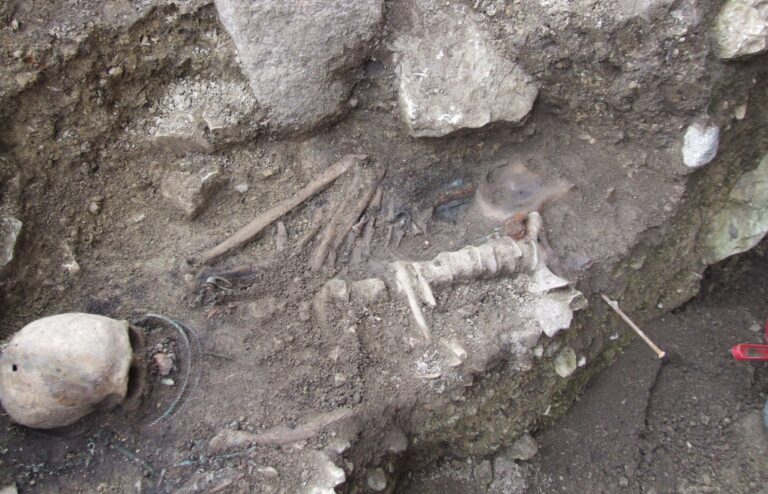In addition to the research on fortifications, Osiliana is currently also analysing the remains of already excavated inhumation burials in Saaremaa.
Recently, it was announced that the samples of 13th-century islanders’ bones sent to the laboratories of the Institute of Genomics at the University of Tartu are all suitable for ancient DNA analysis.
So far, 20 samples are being analyzed in the lab, most of them from the Karja cemetery, but also from 13th-century burials in the Valjala churchyard and the Loona cemetery. As well as information on origin, appearance and diseases, we hope to find out how people buried in the same cemetery were connected to or related to each other. Acording to current information, Karja and Loona in particulary seem to be burial sites of the same noble family.
Old DNA analyses are time-consuming, labour-intensive and expensive, and this is a relatively new analytical technique that has so far only been used to a limited extent for Saaremaa burials. However, it would be nice in the distant future to get to the point where, at least in the case of cemeteries with inhumation burials, we can say exactly who these people were. And hopefully in the distant future, we will also have more information about the people buried in prehistoric stone cairns.
The first results can perhaps be expected by the end of the year.



